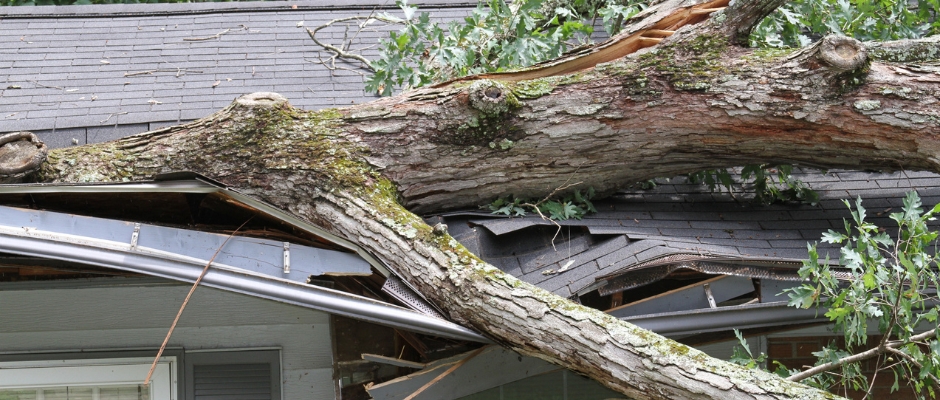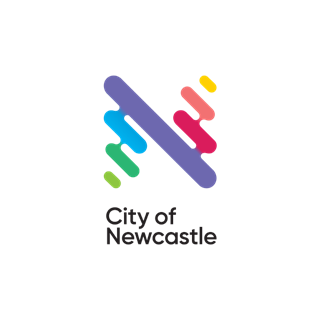
Recovering from an Emergency

Returning home after an emergency
- Before returning home after an emergency, make sure you wait for the 'all clear' from emergency services agencies.
- Continue to listen to your radio and check relevant agency websites for up-to-date information about the emergency and any new potential risks.
- Refuel your car and stock up on basic items before returning home including non-perishable foods (canned or in jars), bottled water, medications, a torch, and batteries.
- Withdraw some cash in case ATMs are not working or banks are closed in your area.
- Be prepared for changed traffic conditions, there may be road closures or detours in place.
- Avoid wading or driving through flooded roads or waterways, and watch out for broken glass, tin, nails and other sharp objects.
- If you are able to, check on your neighbours to make sure they are okay and see if they need any help.
Lost pets after an emergency
If you return home after an emergency and cannot find your cat or dog, you can report your lost pet to us.
Make sure you also change your pet's status to 'missing' on the NSW Pet Registry and check your contact details are up-to-date so you can be reached when your pet is found.
To report an animal that appears sick, injured or affected by a disaster, contact the RSPCA.
Recovery after an emergency
It can be hard to know what to do or where to turn after a disaster or emergency has occurred.
The NSW Recovery Plan is a supporting plan that sets out the strategic arrangements for disaster recovery in NSW and provides the framework for local and event specific plans.
The Australian Institute for Disaster Resilience (AIDR) has established six national principles for disaster recovery, which are incorporated into NSW recovery planning:
- Understand the context: Successful recovery is based on understanding community context, with each community having its own history, values and dynamics.
- Recognise complexity: Successful recovery is responsive to the complex and dynamic nature of both emergencies and the community.
- Use community-led approaches: Successful recovery is community-centred, responsive and flexible, engaging with community and supporting them to move forward.
- Coordinate all activities: Successful recovery requires a planned, coordinated and adaptive approach between community and partner agencies, based on continuing assessment of impacts and needs.
- Communicate effectively: Successful recovery is built on effective communication between the affected community and other partners.
- Recognise and build capacity: Successful recovery recognises, supports and builds on individual, community and organisational capacity and resilience.
The role of a Recovery Coordinator under the NSW Recovery Plan involves coordinating recovery efforts across various agencies and communities. The Coordinator's role is crucial in ensuring that the recovery process is swift and effective, helping communities to return to their normal functioning as quickly as possible.
For more information visit the NSW Reconstruction Authority website.
Recovery resources and support
If you have been impacted by a natural disaster, you may be eligible for Disaster relief assistance and support from the NSW Government.










